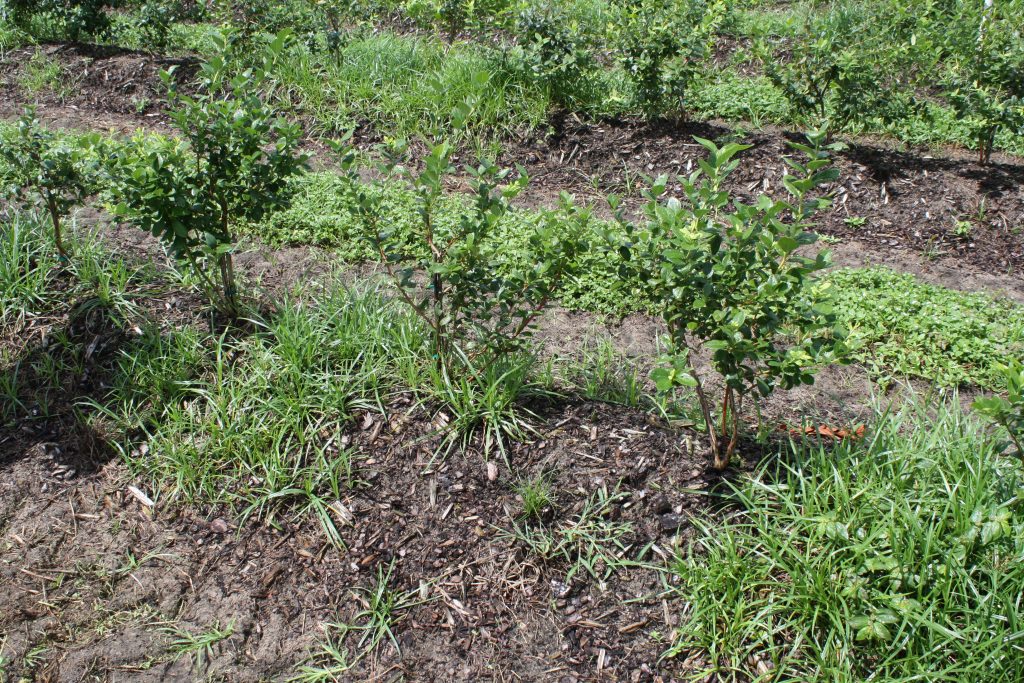
By Clint Thompson
Weeds can be a problem no matter what vegetable or specialty crop a farmer is producing. They contend for nutrients and water and can present major problems for a producer once harvest time arrives.
Steve Li, Alabama Extension weed specialist, offered tips for Alabama fruit producers in a recent Alabama Extension Commercial Horticulture Facebook webinar.
Blueberries for example, require herbicide sprays before plants are even put in the ground. Li recommends growers apply sprays of Glyphosate and Garlon 3A to eliminate woody and perennial weeds. This needs to be done several months before planting, and try to repeat if possible.
Use mulch, tillage and non-chemical methods during establishment.
“Mulch is definitely an option. You can do pine bark, or you can do wood chips. You can do fabrics, or you can do plastic tarp. There are many ways you can do your weed control without herbicide, including tillage,” Li said. “Herbicides should be a component of the weed control program, but that’s not going to be the only option that you have.”
Growers can also hand-weed, though it can be very costly. Use at least two applications of pre-emergence and post-emergence herbicides, though high rates of pre-emergence herbicides on sandy soils can cause injury.
Maybe the most important factor, though, is the susceptibility of the young plants.
“It doesn’t take much drift to severely damage young plants,” Li said. “Many young plants are fairly sensitive to soil herbicides. If you apply herbicides very close to the plants and it’s a very sandy soil, after a heavy rainfall, some of the soil herbicide will leech deep into the soil profile right on top of the roots. Guess what, those roots can pick up the herbicide and cause some injury. This is particularly a problem on young plants and on sandy, loam soils.”
An IPM strategy like cover crops, mulch, tillage and hand weeding is recommended for strawberry producers, especially since weeds can grow through the planting holes.
“In strawberry, we don’t have a lot of herbicides. I would also argue that less herbicide usage is not a bad idea,” Li said.
Applying soil herbicides under plastic is helpful but can also be risky, as it may stop the plant if the rate is too high.
Mowing around trees and in row middles is the most common way to get rid of weeds in peach orchards. Cover crops like ryegrass, white clover, crimson clover or vetch are recommended. Added benefits of clover vetch and legumes are they can fix nitrogen and attract pollinators.
Pre-emergence and post-emergence herbicides are recommended to control established weeds and provide residual control. Many soil herbicides can’t be used on young tree seedlings. Also, keep a strip of 4-to-8 feet on each side of the tree weed free with herbicides.









